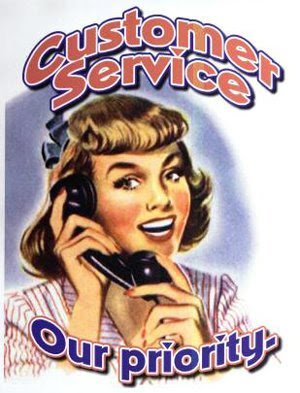Dollhouses and Dioramas: The First Museum 2.0 ?

I'm doing some work with the Nassau County Museum of Art on their funky free-standing annex building they have called the Tee Ridder Miniatures Museum. (I'll report on some of the design modifications and "tweaks" we're coming up to make what is now a bit of a "fussy" collection more visitor-friendly, in a future posting.)
For background, Tee Ridder was a lady who collected and displayed miniature rooms (what most people would call dollhouse rooms) and the Tee Ridder Museum is entirely devoted to these miniature rooms, a "million dollar dollhouse" (actually a very large scale model of a castle) and related displays. Even the gift shop sells dollhouse furniture and related "miniatures" paraphenalia!
Working on this project got me thinking again about the incredible drawing power that miniature environments, and on the opposite end of the scale, dioramas, have on visitors.
Both of these "old school" exhibit techniques are for the most part dead art forms.
[UPDATE: As several people have rightfully commented and emailed me, museums are still creating dioramas and immersive diorama environments. Take for example the Mashantucket Pequot Museum and Research Center. Sorry for the hyperbole --- please resume reading your regularly scheduled blog posting...]
Preparing classic wildlife dioramas was never humane (killing animals deliberately for display would rightfully never be tolerated today) and the people with the esoteric skills needed to create these displays have largely vanished as well. Most natural history museums no longer employ (or can afford to employ!) staff taxidermists and artists like the master Carl Akeley (Check out this NY Times article about the "New" Way of Making a Stuffed Animal Lifelike from 1917!)
Leaving all that aside, I still marvel at how visitors will become completely absorbed in finding little details like a miniature box of Cornflakes in the dollhouse kitchen at The Long Island Children's Museum, or the hovering dragonflies in a pond diorama at The Field Museum in Chicago. Why do these anachronistic gems still entrall people, even within the context of museums filled with multi-media marvels and cool hands-on gizmos?
I think part of the answer lies in an appreciation, if not awe, of the art, and craft, involved in creating these facsimile worlds. But I think another aspect of the power of dioramas and miniature scenes is the ability for every visitor to somehow mentally insert themselves into these artificial worlds and to create their own stories and realities within.
And in the end, being able to find personal, emotional connections with objects and displays is still one of the most important, and singular, strengths of museums.
Don't miss out on any ExhibiTricks posts! It's easy to subscribe right now via email (or your favorite news reader) with the tools on the right side of the blog.




